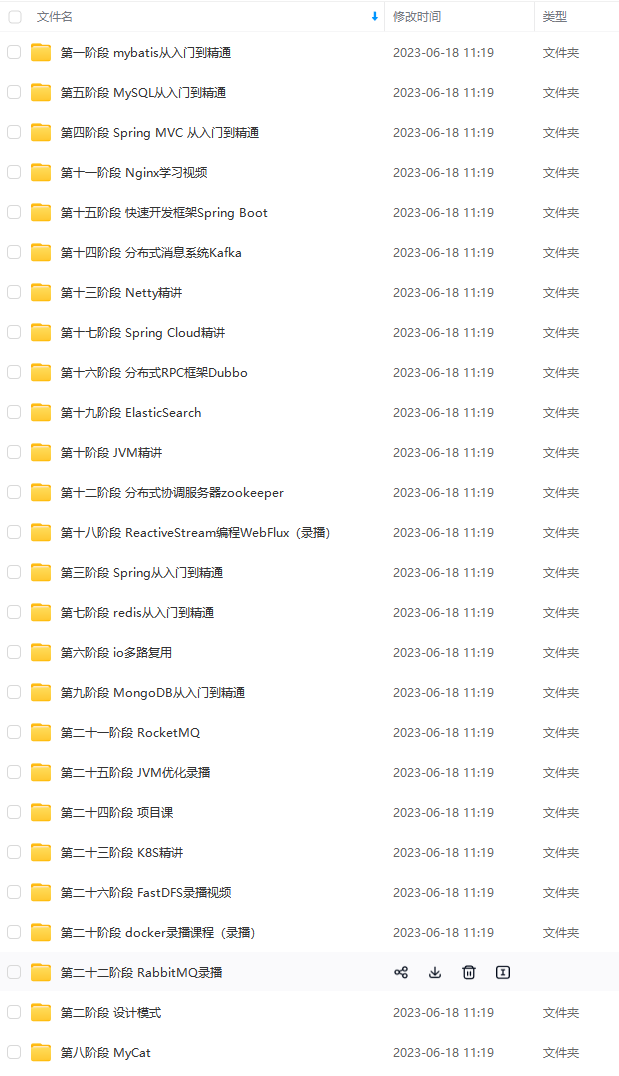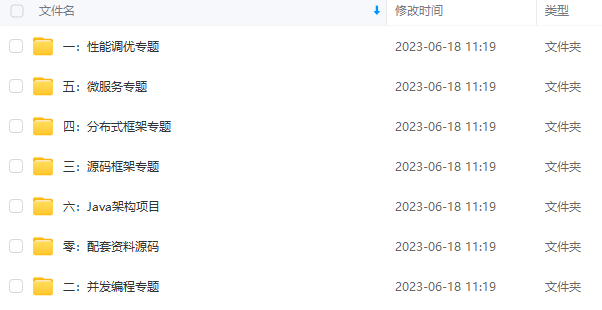2.3、在延迟指定时间后以指定的间隔时间循环执行定时任务
public class TimerTest03 {
Timer timer;
public TimerTest03(){
timer = new Timer();
timer.schedule(new TimerTaskTest03(), 1000, 2000);
}
public static void main(String[] args) {
new TimerTest03();
}
}
public class TimerTaskTest03 extends TimerTask{
@Override
public void run() {
Date date = new Date(this.scheduledExecutionTime());
System.out.println(“本次执行该线程的时间为:” + date);
}
}
运行结果:
本次执行该线程的时间为:Tue Jun 10 21:19:47 CST 2014
本次执行该线程的时间为:Tue Jun 10 21:19:49 CST 2014
本次执行该线程的时间为:Tue Jun 10 21:19:51 CST 2014
本次执行该线程的时间为:Tue Jun 10 21:19:53 CST 2014
本次执行该线程的时间为:Tue Jun 10 21:19:55 CST 2014
本次执行该线程的时间为:Tue Jun 10 21:19:57 CST 2014
…
对于这个线程任务,如果我们不将该任务停止,他会一直运行下去。
对于上面三个实例,LZ只是简单的演示了一下,同时也没有讲解scheduleAtFixedRate方法的例子,其实该方法与schedule方法一样!
2.4、分析schedule和scheduleAtFixedRate
1、schedule(TimerTask task, Date time)、schedule(TimerTask task, long delay)
对于这两个方法而言,如果指定的计划执行时间scheduledExecutionTime<= systemCurrentTime,则task会被立即执行。scheduledExecutionTime不会因为某一个task的过度执行而改变。
2、schedule(TimerTask task, Date firstTime, long period)、schedule(TimerTask task, long delay, long period)
这两个方法与上面两个就有点儿不同的,前面提过Timer的计时器任务会因为前一个任务执行时间较长而延时。在这两个方法中,每一次执行的task的计划时间会随着前一个task的实际时间而发生改变,也就是scheduledExecutionTime(n+1)=realExecutionTime(n)+periodTime。也就是说如果第n个task由于某种情况导致这次的执行时间过程,最后导致systemCurrentTime>= scheduledExecutionTime(n+1),这是第n+1个task并不会因为到时了而执行,他会等待第n个task执行完之后再执行,那么这样势必会导致n+2个的执行实现scheduledExecutionTime放生改变即scheduledExecutionTime(n+2) = realExecutionTime(n+1)+periodTime。所以这两个方法更加注重保存间隔时间的稳定。
3、scheduleAtFixedRate(TimerTask task, Date firstTime, long period)、scheduleAtFixedRate(TimerTask task, long delay, long period)
在前面也提过scheduleAtFixedRate与schedule方法的侧重点不同,schedule方法侧重保存间隔时间的稳定,而scheduleAtFixedRate方法更加侧重于保持执行频率的稳定。为什么这么说,原因如下。在schedule方法中会因为前一个任务的延迟而导致其后面的定时任务延时,而scheduleAtFixedRate方法则不会,如果第n个task执行时间过长导致systemCurrentTime>= scheduledExecutionTime(n+1),则不会做任何等待他会立即执行第n+1个task,所以scheduleAtFixedRate方法执行时间的计算方法不同于schedule,而是scheduledExecutionTime(n)=firstExecuteTime +n*periodTime,该计算方法永远保持不变。所以scheduleAtFixedRate更加侧重于保持执行频率的稳定。
三、Timer的缺陷
3.1、Timer的缺陷
Timer计时器可以定时(指定时间执行任务)、延迟(延迟5秒执行任务)、周期性地执行任务(每隔个1秒执行任务),但是,Timer存在一些缺陷。首先Timer对调度的支持是基于绝对时间的,而不是相对时间,所以它对系统时间的改变非常敏感。其次Timer线程是不会捕获异常的,如果TimerTask抛出的了未检查异常则会导致Timer线程终止,同时Timer也不会重新恢复线程的执行,他会错误的认为整个Timer线程都会取消。同时,已经被安排单尚未执行的TimerTask也不会再执行了,新的任务也不能被调度。故如果TimerTask抛出未检查的异常,Timer将会产生无法预料的行为。
1、Timer管理时间延迟缺陷
前面Timer在执行定时任务时只会创建一个线程任务,如果存在多个线程,若其中某个线程因为某种原因而导致线程任务执行时间过长,超过了两个任务的间隔时间,会发生一些缺陷:
public class TimerTest04 {
private Timer timer;
public long start;
public TimerTest04(){
this.timer = new Timer();
start = System.currentTimeMillis();
}
public void timerOne(){
timer.schedule(new TimerTask() {
public void run() {
System.out.println(“timerOne invoked ,the time:” + (System.currentTimeMillis() - start));
try {
Thread.sleep(4000); //线程休眠3000
} catch (InterruptedException e) {
e.printStackTrace();
}
}
}, 1000);
}
public void timerTwo(){
timer.schedule(new TimerTask() {
public void run() {
System.out.println(“timerOne invoked ,the time:” + (System.currentTimeMillis() - start));
}
}, 3000);
}
public static void main(String[] args) throws Exception {
TimerTest04 test = new TimerTest04();
test.timerOne();
test.timerTwo();
}
}
按照我们正常思路,timerTwo应该是在3s后执行,其结果应该是:
timerOne invoked ,the time:1001
timerOne invoked ,the time:3001
但是事与愿违,timerOne由于sleep(4000),休眠了4S,同时Timer内部是一个线程,导致timeOne所需的时间超过了间隔时间,结果:
timerOne invoked ,the time:1000
timerOne invoked ,the time:5000
2、Timer抛出异常缺陷
如果TimerTask抛出RuntimeException,Timer会终止所有任务的运行。如下:
public class TimerTest04 {
private Timer timer;
public TimerTest04(){
this.timer = new Timer();
}
public void timerOne(){
timer.schedule(new TimerTask() {
public void run() {
throw new RuntimeException();
}
}, 1000);
}
public void timerTwo(){
timer.schedule(new TimerTask() {
public void run() {
System.out.println(“我会不会执行呢??”);
}
}, 1000);
}
public static void main(String[] args) {
TimerTest04 test = new TimerTest04();
test.timerOne();
test.timerTwo();
}
}
运行结果:timerOne抛出异常,导致timerTwo任务终止。
Exception in thread “Timer-0” java.lang.RuntimeException
at com.chenssy.timer.TimerTest04$1.run(TimerTest04.java:25)
at java.util.TimerThread.mainLoop(Timer.java:555)
at java.util.TimerThread.run(Timer.java:505)
对于Timer的缺陷,我们可以考虑 ScheduledThreadPoolExecutor 来替代。Timer是基于绝对时间的,对系统时间比较敏感,而ScheduledThreadPoolExecutor 则是基于相对时间;Timer是内部是单一线程,而ScheduledThreadPoolExecutor内部是个线程池,所以可以支持多个任务并发执行。
3.2、用ScheduledExecutorService替代Timer
1、解决问题一:
public class ScheduledExecutorTest {
private ScheduledExecutorService scheduExec;
public long start;
ScheduledExecutorTest(){
this.scheduExec = Executors.newScheduledThreadPool(2);
this.start = System.currentTimeMillis();
}
public void timerOne(){
scheduExec.schedule(new Runnable() {
public void run() {
System.out.println(“timerOne,the time:” + (System.currentTimeMillis() - start));
try {
Thread.sleep(4000);
} catch (InterruptedException e) {
e.printStackTrace();
}
}
},1000,TimeUnit.MILLISECONDS);
}
public void timerTwo(){
scheduExec.schedule(new Runnable() {
public void run() {
System.out.println(“timerTwo,the time:” + (System.currentTimeMillis() - start));
}
},2000,TimeUnit.MILLISECONDS);
}
public static void main(String[] args) {
ScheduledExecutorTest test = new ScheduledExecutorTest();
test.timerOne();
test.timerTwo();
}
}
运行结果:
timerOne,the time:1003
timerTwo,the time:2005
2、解决问题二
public class ScheduledExecutorTest {
private ScheduledExecutorService scheduExec;
public long start;
ScheduledExecutorTest(){
this.scheduExec = Executors.newScheduledThreadPool(2);
this.start = System.currentTimeMillis();
}
public void timerOne(){
scheduExec.schedule(new Runnable() {
public void run() {
throw new RuntimeException();
}
},1000,TimeUnit.MILLISECONDS);
}
public void timerTwo(){
scheduExec.scheduleAtFixedRate(new Runnable() {
public void run() {
System.out.println(“timerTwo invoked …”);
}
},2000,500,TimeUnit.MILLISECONDS);
}
public static void main(String[] args) {
ScheduledExecutorTest test = new ScheduledExecutorTest();
最后
自我介绍一下,小编13年上海交大毕业,曾经在小公司待过,也去过华为、OPPO等大厂,18年进入阿里一直到现在。
深知大多数Java工程师,想要提升技能,往往是自己摸索成长,自己不成体系的自学效果低效漫长且无助。
因此收集整理了一份《2024年Java开发全套学习资料》,初衷也很简单,就是希望能够帮助到想自学提升又不知道该从何学起的朋友,同时减轻大家的负担。



既有适合小白学习的零基础资料,也有适合3年以上经验的小伙伴深入学习提升的进阶课程,基本涵盖了95%以上Java开发知识点,不论你是刚入门Java开发的新手,还是希望在技术上不断提升的资深开发者,这些资料都将为你打开新的学习之门!
如果你觉得这些内容对你有帮助,需要这份全套学习资料的朋友可以戳我获取!!
由于文件比较大,这里只是将部分目录截图出来,每个节点里面都包含大厂面经、学习笔记、源码讲义、实战项目、讲解视频,并且会持续更新!
工程师,想要提升技能,往往是自己摸索成长,自己不成体系的自学效果低效漫长且无助。**
因此收集整理了一份《2024年Java开发全套学习资料》,初衷也很简单,就是希望能够帮助到想自学提升又不知道该从何学起的朋友,同时减轻大家的负担。
[外链图片转存中…(img-MGZItLTg-1715732210587)]
[外链图片转存中…(img-VfxEuMQ7-1715732210587)]
[外链图片转存中…(img-QaRHS3Bm-1715732210587)]
既有适合小白学习的零基础资料,也有适合3年以上经验的小伙伴深入学习提升的进阶课程,基本涵盖了95%以上Java开发知识点,不论你是刚入门Java开发的新手,还是希望在技术上不断提升的资深开发者,这些资料都将为你打开新的学习之门!
如果你觉得这些内容对你有帮助,需要这份全套学习资料的朋友可以戳我获取!!
由于文件比较大,这里只是将部分目录截图出来,每个节点里面都包含大厂面经、学习笔记、源码讲义、实战项目、讲解视频,并且会持续更新!






















 271
271











 被折叠的 条评论
为什么被折叠?
被折叠的 条评论
为什么被折叠?








